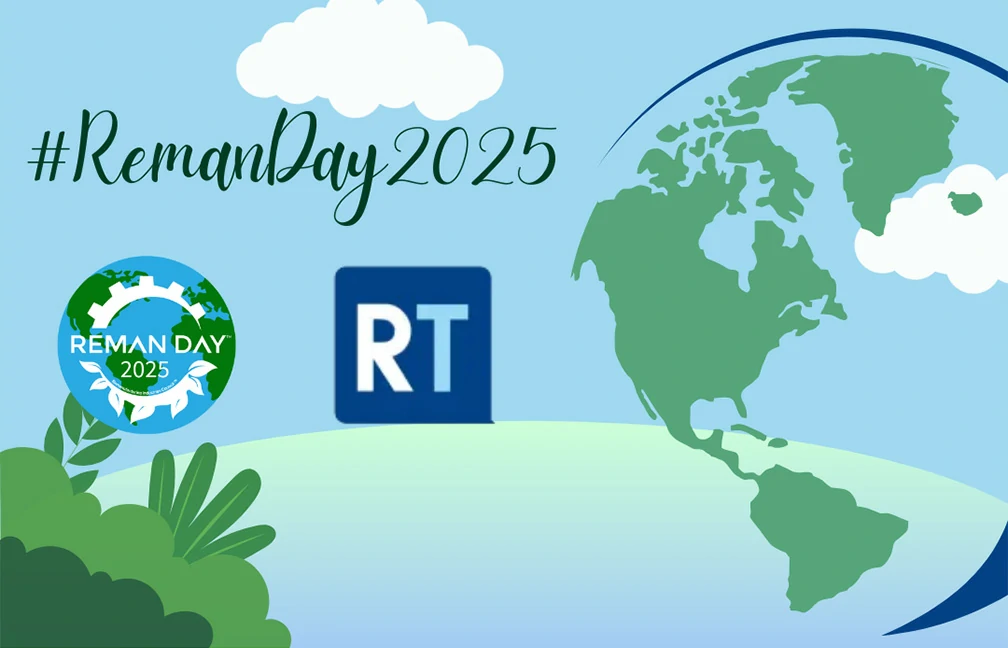A Study on The Future of Office Print
Each year, Keypoint Intelligence surveys companies on different aspects of printing and document management, seeking insight into how document technology ties into their larger company and IT strategies.
Conducted in Q3 2018, the web-based survey was completed by 250 general office workers that print at work. Responses were balanced across four age ranges (i.e., 18-29, 30-39, 40-40, and 50+) and four company sizes by number of employees (i.e., 1-9, 10-99, 100-499, and 500+). Banners are available for this study that break out respondents into several categories, such as age, company size, and print volume.
 Key Findings
Key Findings
- Those who print at work expect their print volumes to stay fairly steady—declining about 1.5% over the next three years.
- Emails and documents requiring a signature are printed by the highest percentages of respondents as well as at the greatest frequency.
- Required printing makes up 59% of respondents’ print volume, with the remainder being optional—which is very similar to our 2016 survey results.
- Office printing is most often described as required by our respondents for record keeping, signing documents, or giving to someone inside the organization.
- Consistent with last year’s survey results, the top reason for optional print is by far a preference for reviewing or editing on paper.
- Optional print is becoming a greater share of overall printing; we believe it may reflect that business process automation is mainly impacting required print.
- The largest companies are the most likely to have taken steps to simplify, remove, or automate document related business operations or processes (68%).
Where Print Persists
Those who print from work expect their print volumes to stay fairly steady—declining about 1.5% over the next three years.
Keypoint Intelligence asked respondents about the share of their office printing that is optional versus required. Required print was defined as hardcopy documents that are usually part of a business process, such as forms that need to be filled out or contracts that require a signature. Optional print was defined as documents (e.g., emails, reports) that are not necessarily required for you to print, however you like to print these documents because you prefer to read or use them in hardcopy form. Required printing makes up 59% of respondents’ print volume, with the remainder being optional. This is very similar to survey results from 2016, where required print represented 56% of print volume.
Required Print
Office printing is most often described as required by our respondents for record keeping, signing documents, or giving to someone inside the organization. This is generally true across age and company size categories, though it is worth noting that the smallest of companies (1-9 employees) are most likely to attribute required printing to business processes requiring a paper print (52% of these companies compared to 37% overall). Indeed, small businesses are often less likely to have software in place that replaces paper-based workflows.
Figure 1: Reasons for Required Printing for Work

The findings above allude to the greatest threat to required print, namely business process automation. When processes are automated, print tends to be dropped from the equation. Adoption of e-signatures has been slow, but increased awareness of their legality and security features can help drive adoption going forward. In addition, legal requirements for records storage are gradually moving from hardcopy- to digital-focused. The survey results suggest that organizational changes are most often driving business process automation, as opposed to individual changes to workflow.
Optional Print
As mentioned above, for this survey optional print was defined as documents (e.g., emails, reports) that are not necessarily required for you to print, however for optional reasons. The survey indicated that optional print makes up approximately 41% of total print volume. Consistent with last year’s survey results, the top reason for optional print is by far a preference for reviewing or editing on paper. The age of the respondent has little impact on the key driver or optional print. The fact that many young people are still printing because they prefer to is a good sign for print’s future.
Figure 2: Reasons for Optional Printing for Work

Why Some People Do Not Print
One of the first survey questions asked respondents whether they print any documents at their place of work. Among office workers who handle or use documents that could be printed, 23% of potential respondents were terminated from the survey because they indicated that they don’t print at all. However, they were asked one final question before they were terminated from the survey. That question was, “You’ve indicated that you do not print work related documents at all. Please tell us why” The results are below.
Figure 3: Why People Don’t Print Any Work-Related Documents

InfoTrends’ Opinion
Workers are still relying heavily on paper and print for day-to-day business tasks. Many still need or prefer hardcopy documents for jobs like record keeping, signing documents, and editing documents. These individuals most commonly work within small businesses, as these entities are least likely to have business process automation initiatives in place (often due to cost reasons). They span all age groups, as even the youngest of workers are showing an equal affinity for print when compared with older workers.
Workers expect their print volumes to decline minimally over the next several years, though only time will tell the extent to which business process initiatives chip away at print. A growing focus will be placed on optional printing, as print will increasingly result from preferences as opposed to company-established processes. Print industry players should continue to capitalize on paper-based processes while finding ways they can support business process optimization when customer interest exists. Furthermore, they should help foster the increasing focus on optional print through research and case studies that showcase its benefits.
 Author: Christine Dunne, InfoTrends’ Office Technology and Services Group
Author: Christine Dunne, InfoTrends’ Office Technology and Services Group
Christine Dunne is a Consultant for InfoTrends’ Office Technology and Services Group. Her responsibilities include responding to client inquiries, conducting market research and analysis, and providing coverage of industry events.
For more information about the full research set from the Future of Office Print 2018 as well as the same research conducted in the European market, please email: donna.omalley@keypointintelligence.com or go to the website: www.keypointintelligence.com





Leave a Comment
Want to join the discussion?Feel free to contribute!